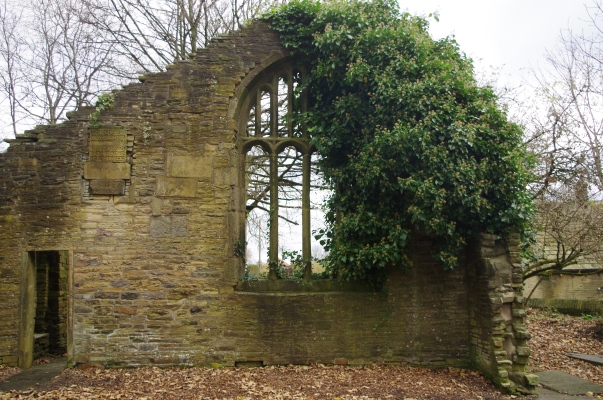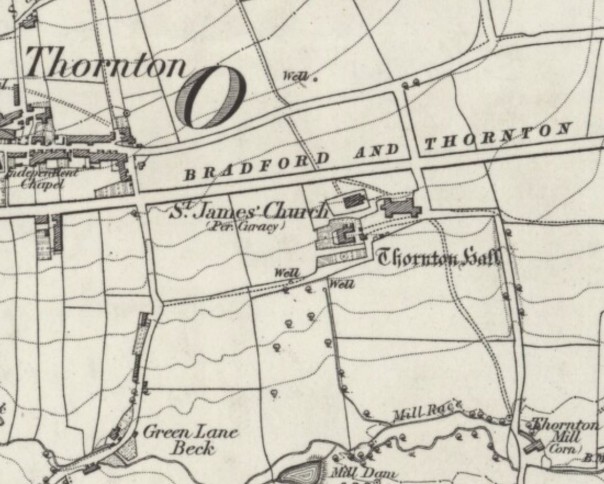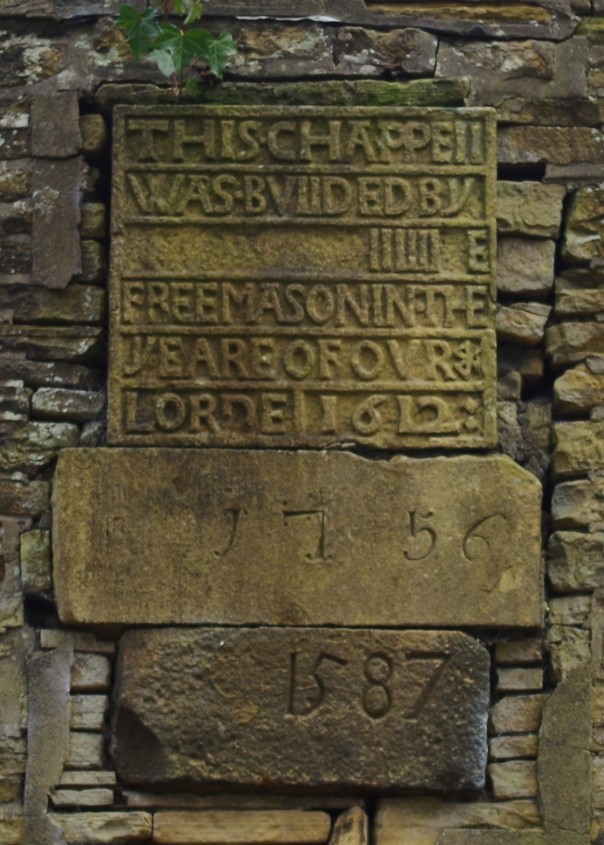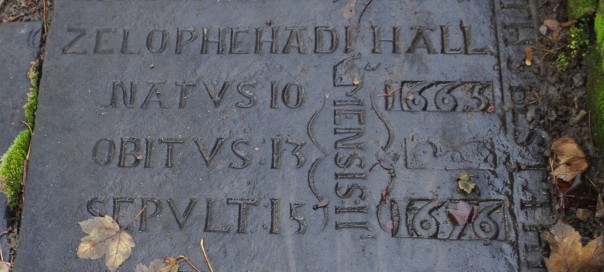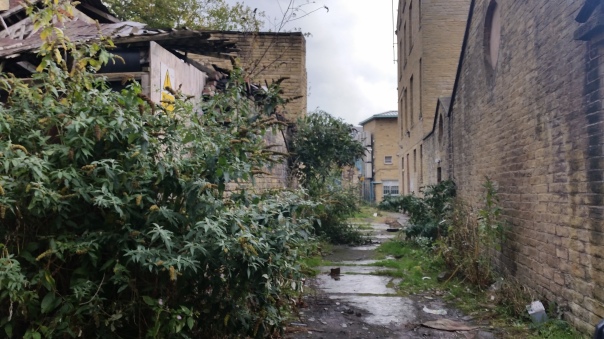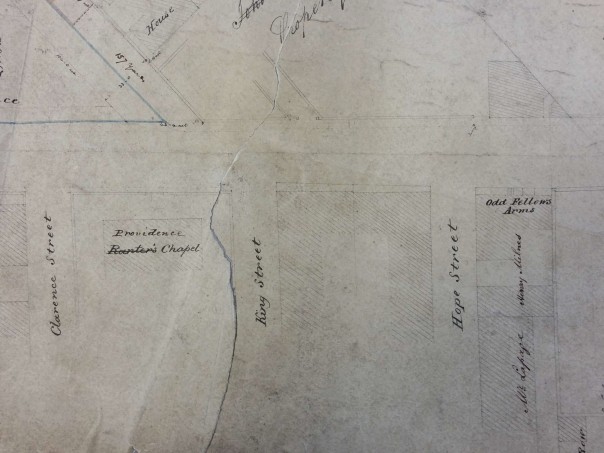
This beautiful map from the Bradford Local Studies Library is of Askwith, a village between Ilkley and Otley but north of the Wharfe valley. Today it is in North Yorkshire, just over the border from West Yorkshire. The different colours are used to designate the fields of several tenant farmers but the landowner is one Godfrey Wright. Stylistically this looks like a late eighteenth or early nineteenth century map; as you will read 1805-06 would be a plausible date. Rev. Godfrey Charles Wright (1780-1862) owned land all over Bradford and district in the mid-nineteenth century. You will see his name in central Bradford, Horton, Manningham, Baildon, and elsewhere. This map does not employ his title which also suggests an early, pre-ordination, date. Wright does not seem to have lived in Bradford for any prolonged period, if at all. Certainly by 1822 he resided at Bilham House, Hooton Pagnell, South Yorks where he stayed for the next 40 years. In census reports he describes himself as ‘clergyman without cure of souls’ and has an indoor and outdoor staff of a dozen or more. He appears in newspaper reports subscribing to Leeds Infirmary and Bradford Infirmary, and is a member of the Camden Society with, presumably, an interest in ancient history. He left a substantial fortune at his death but how did he acquire all his property?
Victorian Bradford historian William Cudworth, and modern historian Astrid Hanson (author of Sharp to Blunt), agree that Godfrey Wright’s wealth essentially resulted from an ancestral relationship with three local families, the Swaines, Fields and the Booths. That there was such a connection is certain since Wright used all three surnames as his own sons’ middle names, and a collection of Wright papers in the West Yorkshire Archives contains much material relating to Swaines and Booths. Both the authors mentioned believed that he also benefited indirectly from the estate of Abraham Sharp of Horton Hall, the famous mathematician. This is definitely true but I am less certain about the extent of this inheritance. At present I am also uncertain whether Wright inherited the bulk of his property on a single occasion, or benefited from multiple bequests as distant relatives died without direct descendants, ‘heirs of the body’ as they would be termed in old wills. There can be no doubt that, however he acquired them, his fields and cottages in his possession became vastly more valuable as space in Bradford itself became increasingly necessary for new roads, mills, dwellings and public buildings. Godfrey Wright owned the land on which Little Germany and St George’s Hall were eventually built for example. He and his estate reaped an enormous fortune from the prosperity of the borough, a fact that evidently occurred to his contemporaries. He left £80,000 at his death in 1862 which equates, according to the National Archives currency converter, to £3,452,800 in 2005 values.
There is a Swain (sic) tablet in Bradford cathedral. It commemorates William Swain of Bradford and his family. I think it is reasonable to assume that only wealthy families of some consequence had commemorative tablets inside the Parish Church. The monument was erected by Mary and Elizabeth Swain, co-heiresses of the family:
William Swain d.1737 aged 71
Son, William d.1715 aged 20
Son, Abraham d.1732 aged 34
Abraham Swain (brother of elder William) d.1731 aged 58
Son, Abraham d.1733 aged 28
Mary seemingly stayed single but Elizabeth was to make a significant marriage. Cudworth also mentions a ‘Dr Swaine of Hall Ings’ who was an eminent apothecary and a friend of Abraham Sharp whom shall soon meet for a third time.
George II became king in 1727. The following year, according to a West Yorkshire Archives indenture, two spinsters Elizabeth & Beatrix Field (daughters of William Field ‘late of Bradford’) are involved financially with an Abraham Swaine. He is possibly the elder man of this name on the Parish Church tablet. The document mentions a great many fields, barns and dwellings. Some familiar place names are: Goodmansend, Silbridge and Penny Oak all in Bradford. One dwelling is occupied by ‘the widow Beatrix Field’ who is likely I suppose to be the girls’ mother. The indenture talks about the Field girls paying a ‘fine’ but I’m not certain exactly what was involved nor why. It may not matter as we shall see. Clearly the Field family must also be linked to Godfrey Wright if their family papers ended up in his archive.
Remember the two Swaine girls, Mary & Elizabeth? Mary Swaine may be an ‘Aunt Swaine’, who lived in Hall Ings dying in 1759. Mary’s sister Elizabeth Swaine married Rev Charles Booth I, who died in April 1761. They had a number of children including Charles Booth II who was born in 1734. Fortunately the will of Rev Charles Booth I also survives in the West Yorkshire Achives. Among the legal language there are three important facts: Rev Charles Booth I was a wealthy man himself with much cash and property. Sarah & Beatrix Booth were his only surviving daughters who were left £500-£1000 each, which would be many hundreds of thousands of pounds in modern money. Finally Charles Booth II was his only surviving son and was executor, land inheritor and residuary legatee. The lands were in the parishes of Halifax and Bradford although the only names I am certain about are Ovenden and, I am glad to say, Askwith.
Charles Booth II evolved into a wealthy young barrister. He changed his name to Charles Swaine Booth after inheriting more property from his ‘aunt’ who I assume was Mary Swaine of Hall Ings. I believe that by this means he obtained the whole of the Booth and Swaine inheritance but he had one more piece of financial luck, and one more name change, to come. A lady called Hannah Gilpin changed her name to Hannah Gilpin Sharp in 1767. Essentially she had inherited Abraham Sharp’s estate via his niece Faith Sawrey. Abraham Sharp was a mathematician and scientist and he lived and worked at Horton Hall. Abraham’s estate passed to his niece who had married Robert Stansfield of Esholt. Their daughter, Faith, married Richard Gilpin Sawrey in 1722 but died in 1767 without children. Faith Sawrey left her estate to Hannah Gilpin who was probably related to Mrs Sawrey’s husband in some way. Latterly Hannah had lived together with Mrs Sawrey.
As you may have guessed Charles Swaine Booth married Hannah Gilpin Sharp, in 1769. The couple lived together at Horton Old Hall under their final names of: Charles SB Sharp (1734-1805) & Hannah Gilpin Sharp (1743-1823). Presumably the new Charles Sharp would have acquired control of his new wife’s considerable property. I don’t know enough about contemporary legal affairs to know whether some was entailed to accompany the Hall, or whether the marriage contract would have reserved certain properties to his wife. Charles Sharp died in 1805. At that time he had no living brothers or children and was clearly in need of an heir. He seems to have left property to his sisters Sarah & Beatrix but both were seemingly dead by 1811. Control of the inheritance was passed to Gordfrey Wright although on the face of it he was rather distant relative. The closest common ancestor would seem to be the Rev Marmaduke Drake, a vicar in Derbyshire, who was Godfrey Wright’s great grandfather.
Godfrey Wright had been born in 1780 at Kimberworth, Rotherham and educated at Hipperholme GS (like Sir Robert Peel) and Trinity College, Cambridge 1799 (MA 1807). I don’t know the exact year of his ordination but he married in 1812, at Huddersfield, Mary (1790-1821) daughter of Henry Stables & Penelope Greenwood. His wife died at Bath in 1821. Wright was already described as ‘of Bilham House’ at that time. He frequently visited Bath, York & London for the season according to contemporary newspapers. In the mid 1800s his agent was Thomas Hirst of Hall Ings, Bradford. Wright was involved in a legal action, Rawson v. Wright, an action brought by the Ladies of the Manor against him for the erection of the Waterloo market in Hall Ings (Charles St) in 1825: they won. He was involved in some controversy over paving Hall Ings in 1835. In 1850 he owned the land on which a public hall (St George’s) was built and got £15,000 for it (Bradford Observer October 17 1850). The Bradford Observer February 26 1857 said that he owned The Beehive Inn and other ‘low’ dwellings in the Silbridge Road area (The Beehive estate was eventually purchased from his trustees for £5,775 in 1864).
Cudworth states that Hannah Gilpin Sharp (aka Madam Sharp) long outlived her husband finally dying in 1823. Godfrey Wright didn’t inherit all the Sharp property although he was executor of and beneficiary from Hannah Gilpin Sharp’s will. She bequeathed the mansion at Horton, with all her estates in Bradford and elsewhere, to her nephew, Captain Thomas Gilpin, and his male heirs, and in default of issue to her niece, Ann Kitchen, widow of Major Kitchen, and her heirs. Captain Gilpin, after enjoying the estates three years only, died at Madeira in the year 1826, without having been married, whereupon Ann Kitchen came to the property, and married in 1828 Mr. Edward Giles, a clerk in Somerset House, for her second husband, who died in 1832. The property extended over many portions of Horton, including that fringing both sides of Horton Lane. Estates of ‘Mrs Giles’ are also common on maps of Bradford and Horton. She died at the age of 80 and is buried in Bradford PC. When it comes to nineteenth century property you might do well simply for being a survivor, but there were many slips betwixt cup and lip.
